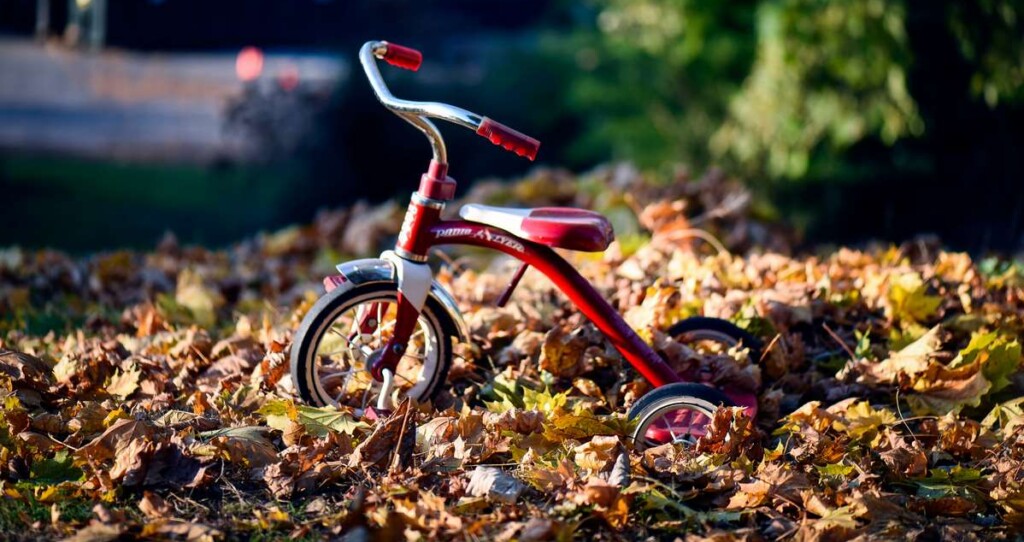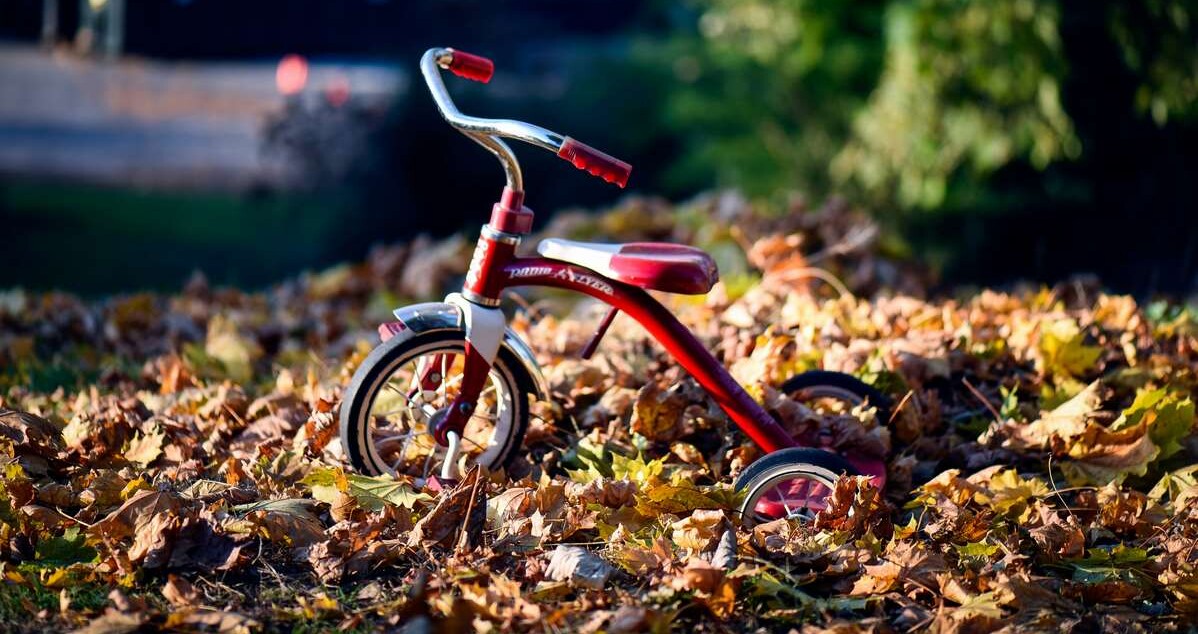
A wildlife conservation and advocacy group is encouraging Americans this year to take a break from raking and just ‘leave the leaves.’
It’s part of a campaign to try to educate the public on the value of leaf litter to dozens of native wildlife, plant, and fungi species.
Raking up these leaves removes valuable habitat and food for the biodiversity that persists on America’s lawns.
“Songbirds, small mammals, amphibians, and reptiles all rely on the leaf layer in some way,” explains the National Wildlife Federation, organizers of the Leave the Leaves Pledge. “Many beloved insect species like butterflies, moths, and fireflies use this layer as a safe spot to wait out the winter, and others forage in and even eat the decomposing leaves.”
Established by the Pulitzer Prize-winning cartoonist and illustrator of the first Federal Duck Stamp, J.N. Darjeeling, the National Wildlife Federation offers some tips for how to manage dead leaves in the autumn that doesn’t involve removing them entirely from the micro-climate that is your yard.
Because a thick leaf layer can damage your grass and make pathways slippery, rake the leaves to other parts of your yard where trees aren’t located.
Adding a layer of leaves to your garden beds not only benefits overwintering wildlife, but it can also help suppress weeds and return important nutrients to the soil.
Place excess leaves under native trees to provide prime habitat for wildlife. Caterpillars that live in native trees will be looking for a leaf layer to overwinter. Mammals and birds that enjoy the shelter of the tree can also forage in the leaf layer.
OTHER LAWN TIPS: ‘No Mow May’ Gives You a Reason to NOT Mow the Lawn: Leave the Weeds to Feed the Bees
If you still have leftover leaves and debris, you can pile them up in a corner of your garden and they will break down into an incredible compost for your garden that can be used in the coming seasons.
GOOD GARDENING: Millions of Wildflowers Now Delight the Town After Vermont Couple Got Tired of Mowing the Lawn All Day
Go beyond leaves by leaving the logs and stems, too. Many insects, like native bees, overwinter inside of hollow dried flower stems or in decaying logs and branches.
Helping them doesn’t necessitate leaving your lawn a mess—instead make an ‘insect hotel’ by stacking fallen branches and logs into a natural structure, clearing your yard of debris while creating a more robust haven for invertebrate neighbors.
SHARE The Leave The Leaves Pledge With Your Homeowning Friends…




















